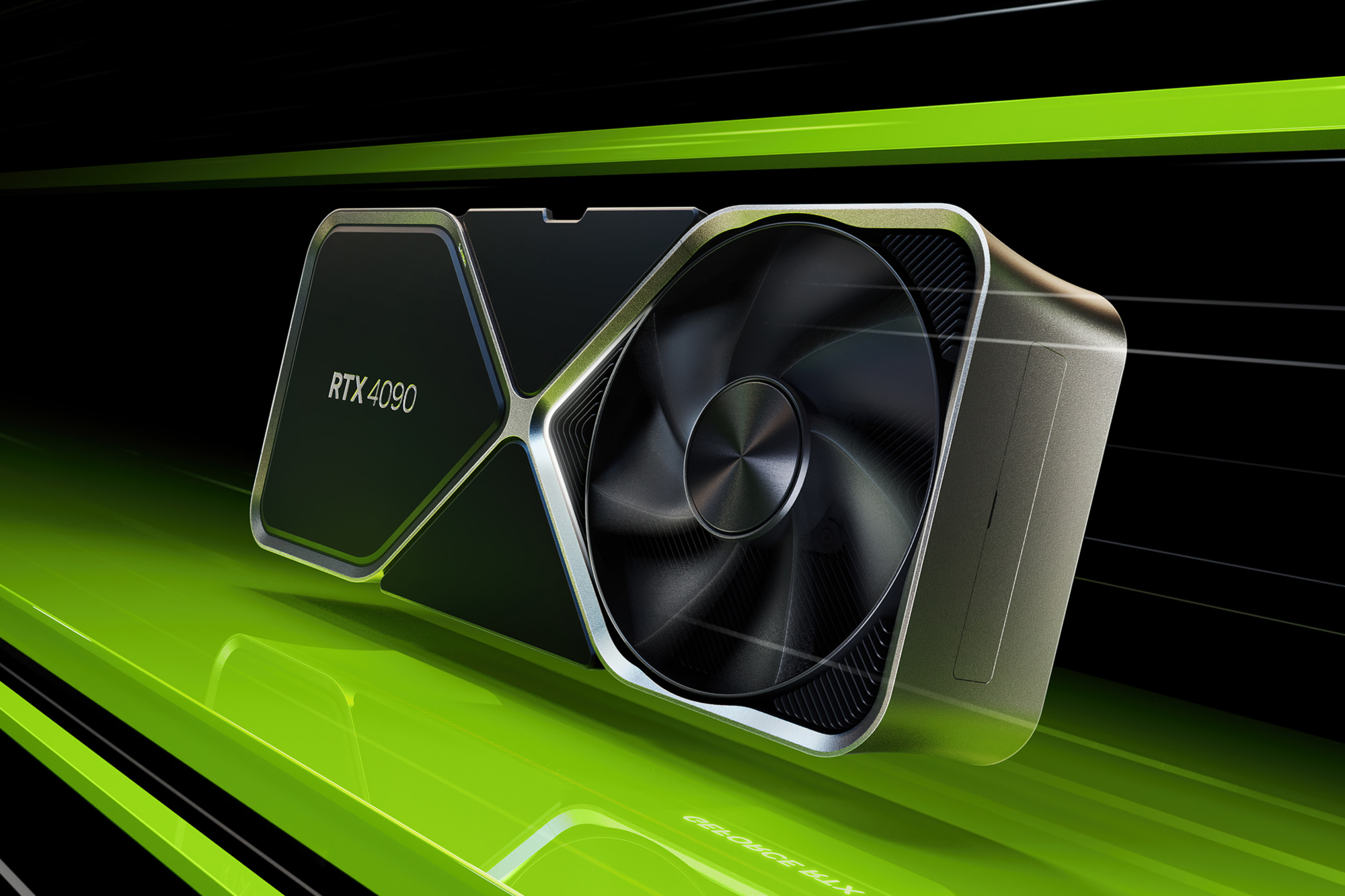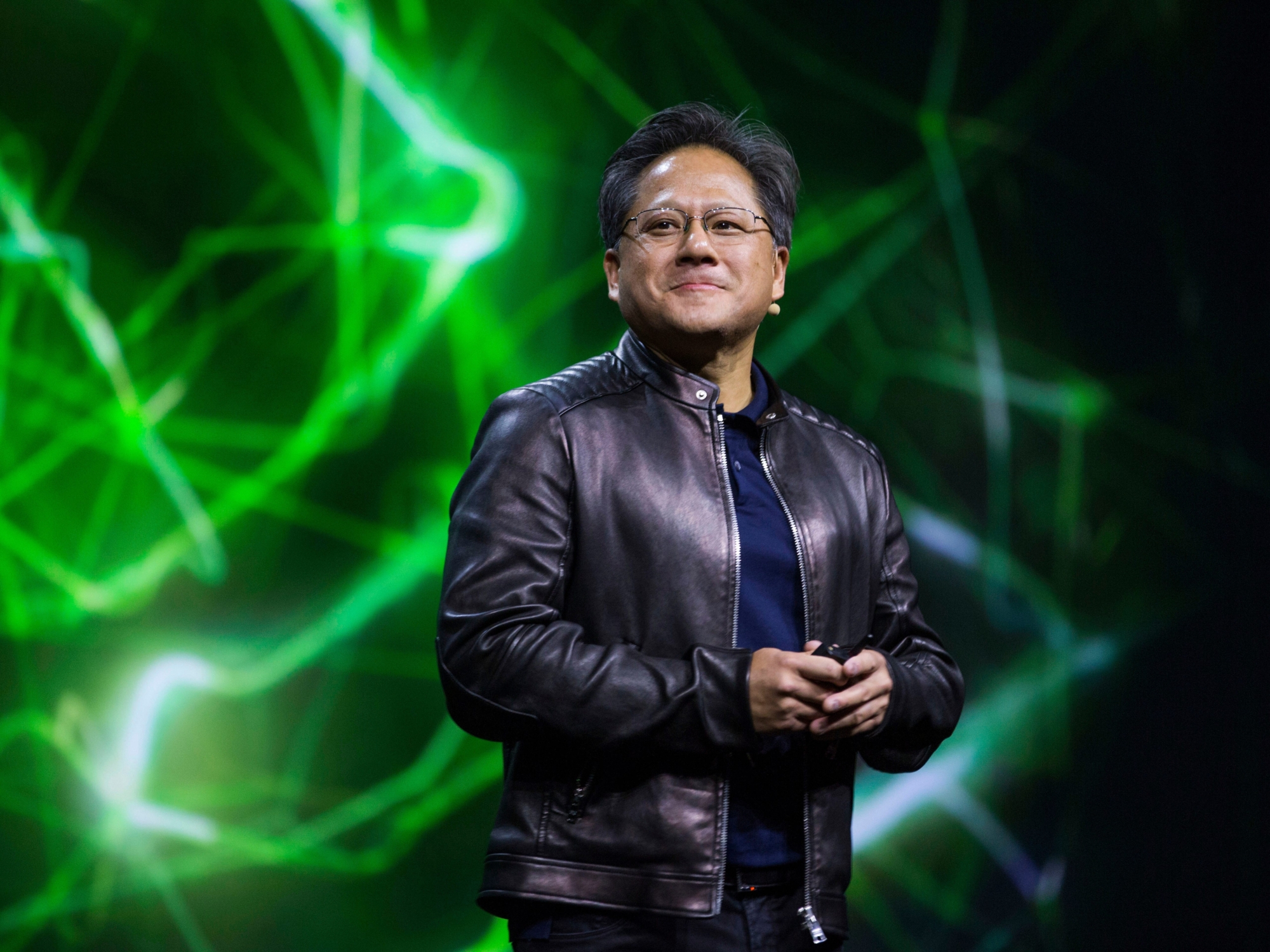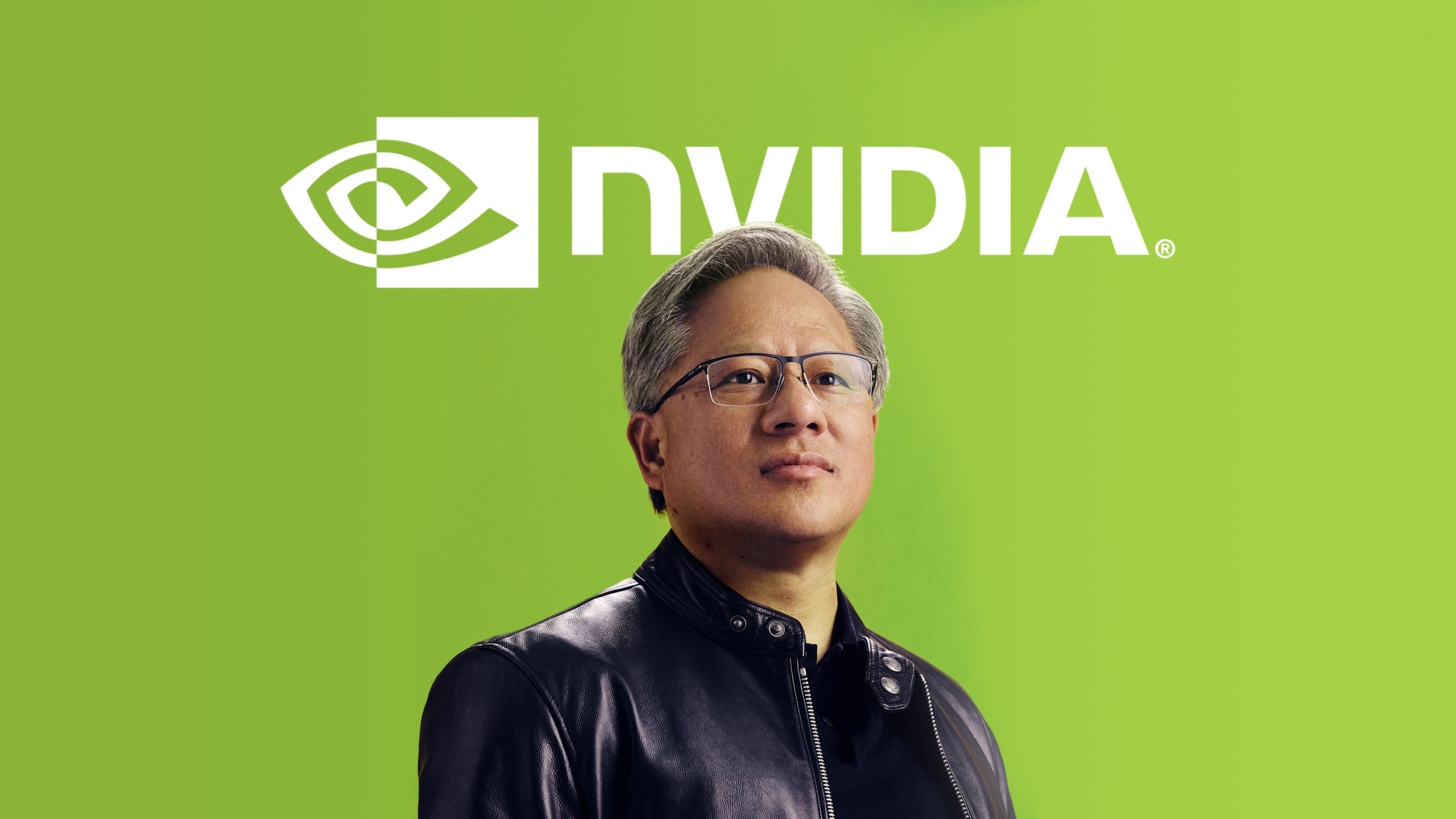For nearly three decades, Nvidia has been a household name among gamers, known for its powerful graphics processing units (GPUs) that have revolutionized the gaming industry. However, what began as a gaming-centric company has since evolved into a leader in the world of artificial intelligence (AI) and high-performance computing. This transformation has been nothing short of remarkable and has catapulted Nvidia into the forefront of technological innovation. In this article, we will delve into Nvidia’s journey from gaming to AI, exploring the key milestones, challenges, and opportunities that have shaped the company’s path.
The Birth of a Gaming Giant:
Nvidia’s journey started in 1993 when founders Jensen Huang, Chris Malachowsky, and Curtis Priem set out to enable PCs with 3D graphics, inspired by the visual effects showcased in movies like Jurassic Park. Their vision was to accelerate computing through GPUs, and thus, Nvidia was born. The name Nvidia is a fusion of “N.V.” for the next version and “Invidia,” the Latin word for envy, reflecting their ambition to make everyone envious of their technological advancements.

Nvidia quickly emerged as a prominent GPU manufacturer, but its early days were not without challenges. In the beginning, there were limited applications for GPUs, and the company wisely focused on one particular combination that proved to be a game-changer: computer graphics for video games.
Revolutionizing Gaming, but also.. Hollywood?:
Nvidia’s first high-performance graphics chip, designed in 1997, laid the foundation for the company’s dominance in the gaming and entertainment industries. The introduction of programmable graphics cards like the GeForce 256 set the stage for custom shading and lighting effects, revolutionizing the gaming experience. Nvidia’s GPUs became a staple in the gaming world, powering visually stunning games and Hollywood’s rapid rendering of visual effects.

Nvidia went public in 1999, and its stock soared as demand for its GPUs increased. However, the company was not content with just dominating the gaming market; it had its sights set on something bigger: artificial intelligence.
NVIDIA’s Lead in the AI Revolution:
Nvidia’s impact extends far beyond gaming. The company’s GPUs and AI technologies have found applications in various fields, including healthcare, where they accelerate drug discovery and DNA sequencing. Nvidia’s technology even set a Guinness World Record in genomic sequencing, enabling faster diagnosis and treatment of medical conditions. Nvidia’s AI technology is also instrumental in the development of autonomous vehicles, with its Drive platform offering solutions for everything from assisted driving to fully autonomous “robotaxis.”
Nvidia’s pivotal moment in the AI space can be traced back to the introduction of CUDA, a computing platform and programming model released in 2006. CUDA transformed Nvidia GPUs from serial to parallel compute, making them ideal for AI and deep learning applications. While it took some time for the world to recognize the potential, Nvidia’s commitment to AI ultimately paid off.
Nvidia GPUs powered significant advancements in AI, with the company’s CUDA technology being used in pivotal moments like the creation of AlexNet, a groundbreaking neural network that revolutionized image recognition in 2012. This marked the beginning of Nvidia’s deep involvement in AI research and development.
Challenges and Risks:
Nvidia has come a long way, evolving from a gaming-centric company to a global leader in AI and high-performance computing. However, it’s not without challenges. Geopolitical tensions between the U.S. and China create uncertainty regarding export controls and market access. Moreover, Nvidia’s heavy reliance on Taiwan Semiconductor Manufacturing Company (TSMC) for chip production makes it vulnerable to disruptions in the global supply chain.

Nvidia’s founder and CEO, Jensen Huang, acknowledges that the technology landscape is highly competitive, with other tech giants developing their AI solutions. But nevertheless, he sees this competition as a driving force for innovation.
Nvidia’s transformation reflects its vision, innovation, and adaptability. Despite facing obstacles, its GPUs and AI technologies have made a significant impact across various industries, and as Nvidia explores new frontiers like the Omniverse and data center CPUs, it continues to be a dynamic force in technology.










